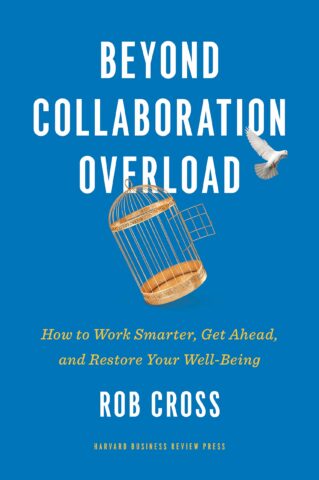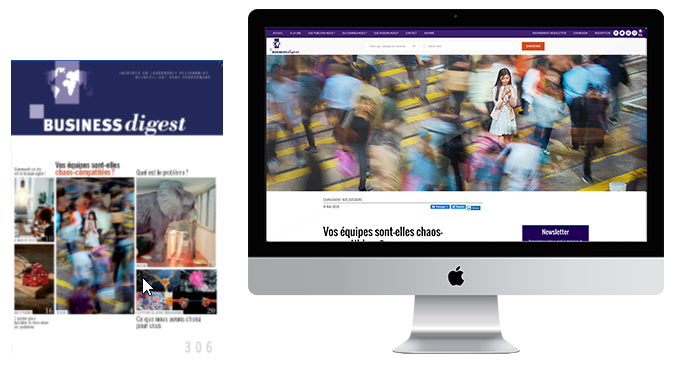Collaboration overload (One of the hazards of hybrid management)
Collaborating more often, more quickly and using more and more tools to do so is not a panacea. In fact, it can even often be entirely counterproductive. How can you stem this outbreak of “acute collaborationitis” and free up time for more vital cooperation that is genuinely constructive?
Over the last 20 years, collaborative work has exploded as a result of a combination of factors: the increasing complexity of the range of products and services; the introduction of cluster organizations; and the proliferation of communication technologies and tools. The phenomenon has further intensified because of the health crisis and the new hybrid working methods that have arisen as a consequence.
However, when collaboration is taken too far, this approach has perverse effects and heavy costs in terms of well-being and productivity. Too much collaboration leads to work overload, generates stress (which can, in extreme cases, result in burnout), distorts your and your employees’ behavior and ultimately leaves you less innovative and effective.
Yet, this counterproductive, toxic disease can be warded off. The first step is to identify why you and your team let collaborationitis gain the upper hand. Then you can reframe and rebalance your activities and ways of interacting. You’ll recover between 18 and 24 percent of your time, which you can reinvest in select, productive collaboration that will help you hit your targets more easily.

Beyond Collaboration Overload: How to Work Smarter, Get Ahead, and Restore Your Well-Being, by Rob Cross, (Harvard Business Review Press, 2021)
But why always more? (Pinpoint what it is that makes you do too much)
Fifty percent of collaboration overload is due to the excessively high irrational demands you unconsciously make upon yourself – without any external pressure. Recognizing these demands (and teaching your employees to do the same) is the first, pivotal step in breaking the vicious circle.
© Copyright Business Digest - All rights reserved




